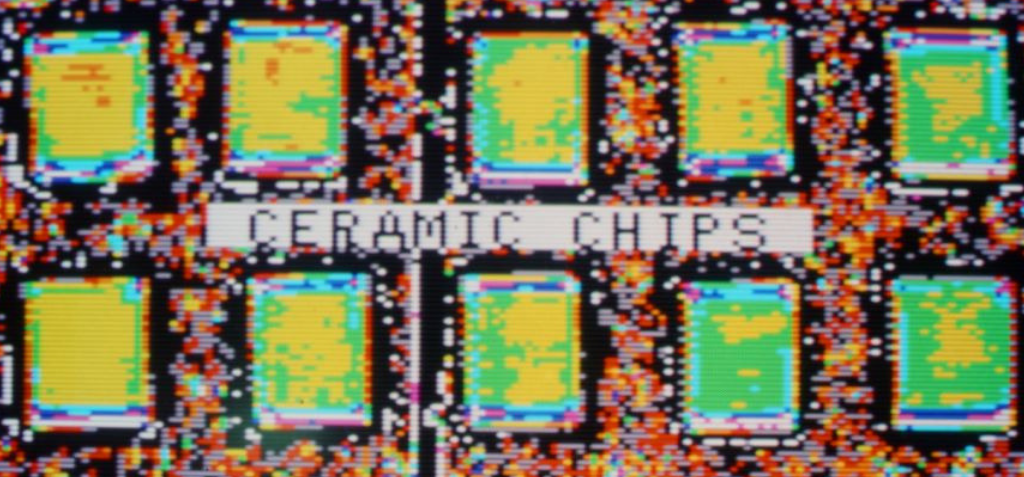The 1990s brought many electrifying changes to society. After the rise of personal computing in the 1980s, portable notebooks and laptop computers became the must-have items for students and professionals working on the go. America Online (AOL) provided a portal for everyday people at home to access the World Wide Web and the first version of chat functionality. Pagers quickly messaged people, who would then speak via telephone. Cellular phones were used rarely and mostly for talking. Although texting was available, it took a while with the T9 method. Personal planning was revolutionized by the Palm Pilot. While the decade may have started with CDs and the Sony Walkman, it ended with Napster and the MP3 download. And KEMET was there through it all.
KEMET entered the 1990s with strength and optimism. The decade began with a major milestone as KEMET transitioned from a privately held to a publicly traded company. In 1992, KEMET stock began trading publicly on NASDAQ at $10/share. KEMET’s leaders had rightly predicted that ceramic and tantalum surface mount technology would be a growth area and invested in new manufacturing facilities in Mexico. In fiscal year 1993, sales of surface-mounted capacitors were over $170 million, a 45% increase over the previous year and a trend that showed no signs of slowing down. Soon, KEMET was the single largest manufacturer of solid tantalum capacitors in the world, and the second largest manufacturer of ceramic capacitors in the U.S.
As a supplier to the electronics industry, KEMET’s health depended upon a market that was changing from month to month. The industry was also becoming crowded with competitors both in the U.S. and Asia. To keep up, the leadership had to think strategically and form a plan. First, they increased KEMET’s focus on surface-mount technology, which was essential as consumer electronics like personal computers, automobile entertainment systems, and mobile phones continued to miniaturize. Next, they shifted KEMET’s business model from supplying commercial manufacturers to developing bespoke products for specialty applications in automobiles, aircraft, aerospace, and other fields. In 1998, KEMET entered into a partnership with the NEC Corporation in Japan to jointly promote identical high-performance conductive polymer tantalum capacitors branded as NeoCapacitors (NEC) and KO-CAPs (KEMET). This partnership helped KEMET develop the conductive polymer tantalum solution and laid the foundation for the eventual acquisition of KEMET’s facilities in Japan.
As the new millennium approached, KEMET was ready for the 21st century. The demands of Y2K, the dot-com boom, and the growth in telecommunications bolstered the market. KEMET was strong again. In 2001, they reached an important milestone – annual sales in excess of one billion dollars for the first time
